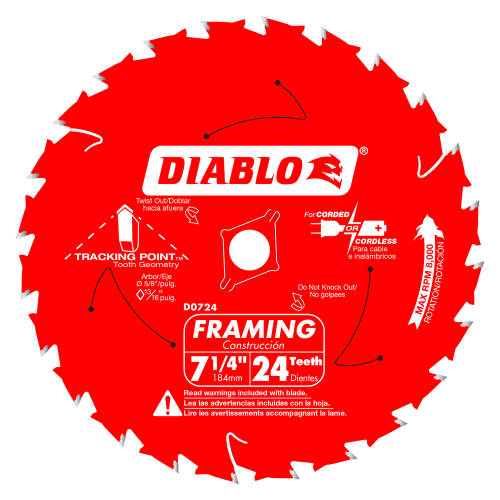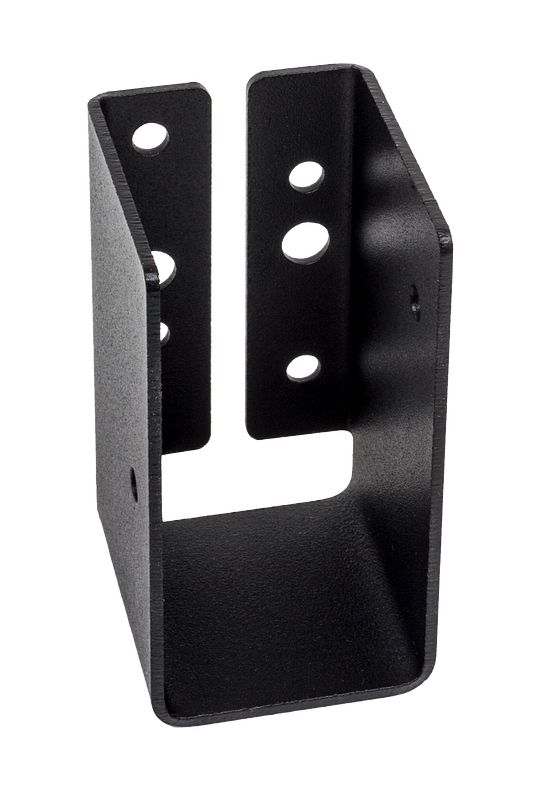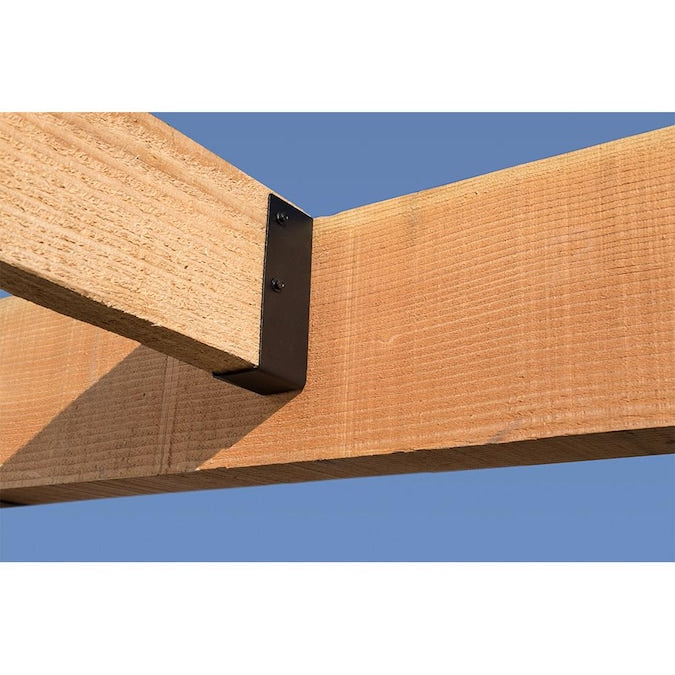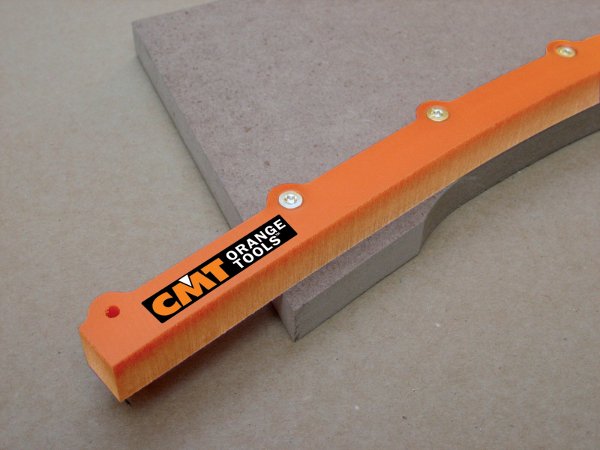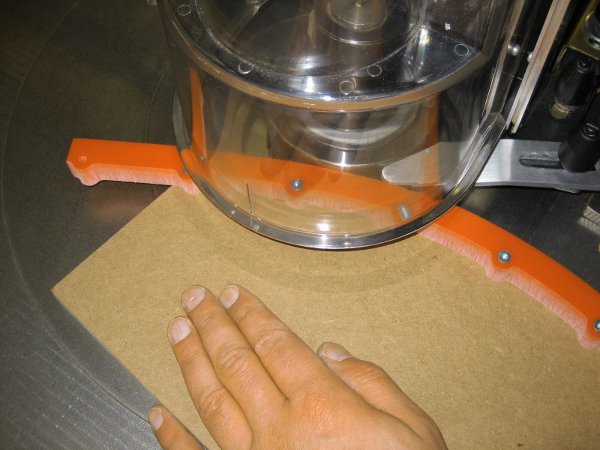Choosing between a ridge beam vs. ridge board for your roofing project can significantly impact the structure and stability of your building. Both options serve important functions, yet they differ in how they support your roof. Deciding which one is suitable for your project requires a clear understanding of their specific purposes. Whether you are a professional contractor or a DIY enthusiast, knowing the difference will help ensure the best outcome for your construction needs.
What is a Ridge Beam
A ridge beam is a structural element that plays a key role in roof construction. It provides direct support to the rafters by bearing the weight of the roof, transferring the load down to the posts and foundation. This method of support is especially common in buildings with vaulted ceilings or larger spans. By carrying the weight, the ridge beam allows for open spaces without needing interior load-bearing walls, which makes it ideal for larger, more complex roof structures.
What is a Ridge Board
A ridge board, unlike a ridge beam, does not carry any load but serves as a central guide. It acts as a connector at the peak of the roof, aligning the rafters during construction. The ridge board ensures the rafters are evenly spaced and stable but does not bear the roof’s weight. It is typically found in simpler roof designs where the load is transferred to the walls rather than through a central beam. Ridge boards are often used in residential roofing due to their simplicity and lower material cost.
Differences Between a Ridge Beam and Ridge Board
The main difference between a ridge beam and a ridge board lies in their structural role. A ridge beam provides significant load-bearing support, whereas a ridge board serves as a guide without supporting weight. The ridge beam is necessary for roofs that require additional strength, particularly in designs with large spans or vaulted ceilings. On the other hand, a ridge board works in basic roof structures where the walls carry the load. This distinction makes the ridge beam more suitable for complex projects, while the ridge board fits simpler, smaller structures.
Ridge Beam Vs. Ridge Board: Which Is Better
Deciding between a ridge beam and a ridge board depends on the type of structure and design. A ridge beam is better suited for large or complex roofs, providing necessary support for heavier materials and open spaces. It ensures long-term stability for vaulted ceilings or wide spans. In contrast, a ridge board works well for smaller, less complicated roofs where load-bearing walls provide sufficient support. Both options have their place in construction, but the ridge beam often provides a stronger, more versatile solution for more demanding projects.
Ridge Beam or Ridge Board: How to Choose
Choosing between a ridge beam or ridge board comes down to the specifics of your roof design. For larger projects with heavy roofing materials or open spaces, a ridge beam offers the structural strength needed. For smaller, residential builds with simpler requirements, a ridge board is often sufficient and cost-effective. You’ll need to consider factors like the span of the roof, ceiling height, and the materials you plan to use. Consulting with a structural engineer can help make the best choice for your specific roofing project.
Reinforce Your Roof with Simpson Strong-Tie Connectors and Bearing Plates from Factory Direct Supply
Looking for high-quality supplies to ensure your roof’s structural integrity? Get ridge beams and Simpson Strong-Tie connectors from Factory Direct Supply for superior strength and reliability for any roofing project. These foundational supports are vital for securing your rafters or trusses and are built to last. For additional support, our bearing plates help distribute weight effectively, perfect for reinforcing heavy ridge beams and ensuring stability. We are proud to supply contractors and DIY enthusiasts with everything needed for a strong, safe build. Shop at Factory Direct Supply for competitive pricing and fast shipping today.


